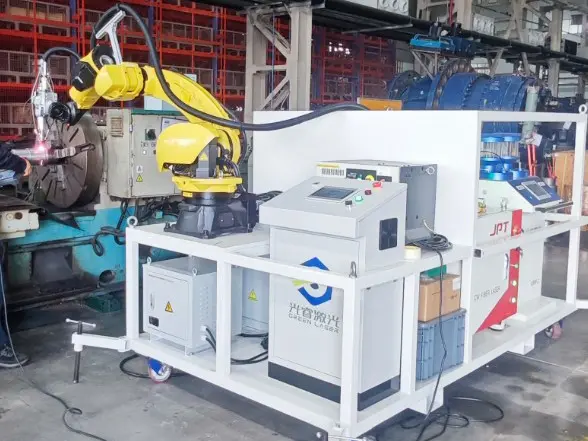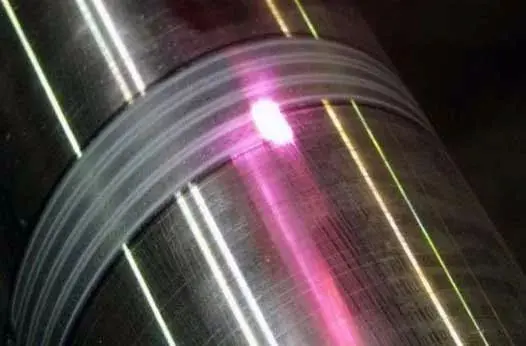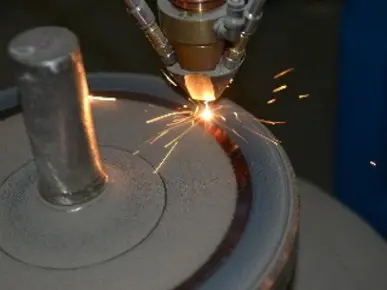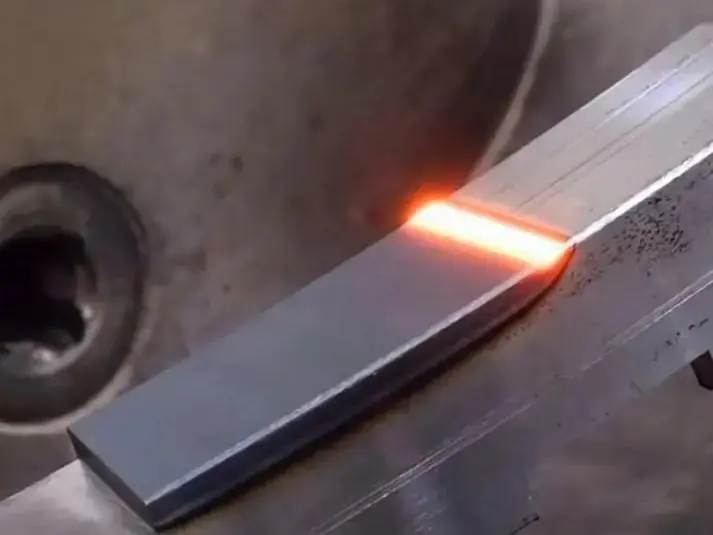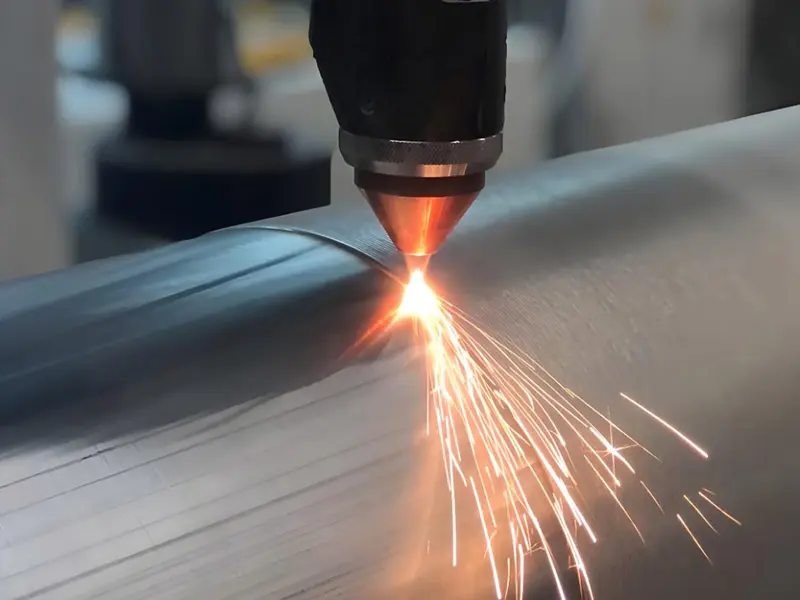Laser cladding: the "regeneration" of precision components of aero-engine
Aerospace engines, hailed as the "crown jewel" of modern industry, endure relentless challenges with their core components like high-pressure turbine blades and transmission gears. These critical parts constantly withstand extreme temperatures, pressures, and rotational speeds. Fatigue cracks quietly develop, gear teeth surfaces wear down during meshing, and blade tips sustain damage from high-speed rotation. Though seemingly minor, these subtle flaws act like hidden "organ failure" —causing performance degradation and fuel consumption spikes at best, and catastrophic failures at worst. Traditional "replacement" maintenance proves costly and time-consuming, while the rise of laser cladding technology now offers a transformative solution for regenerating these precision components.
Laser cladding: precision oriented "cell transplantation"
Laser cladding is far more than a simple surface "paint job" – it's a precision regenerative technology that achieves metallurgical bonding at the molecular level. The core process involves using a high-energy-density laser beam to create micro-melt pools in damaged components, while simultaneously injecting specially formulated metal powders with pinpoint accuracy. These powders melt instantly, fully interlock with the base material, and solidify through rapid cooling. The entire procedure resembles meticulous "microsurgery":
Precision Localization: The laser beam achieves micron-level positioning accuracy, selectively targeting damaged areas while protecting healthy substrates, preserving component integrity and strength to the greatest extent.
Metallurgical Rebirth: The cladding layer forms a robust metallurgical bond with the substrate, achieving bonding strengths exceeding 400MPa – surpassing conventional thermal spraying (50-100MPa) by a factor of three – effectively eliminating coating peeling risks.
Customized Performance: By selecting base-compatible or superior-grade powders (including high-temperature alloys, wear-resistant cobalt/nickel-based alloys, and even ceramic-reinforced composites), we can enhance the repair area's heat resistance, wear resistance, corrosion resistance, and fatigue resistance through targeted optimization.
Key component repair practice: efficiency beyond "replacement"
Blade Tip Regeneration: Blade tip wear or erosion can compromise critical aerodynamic profiles, significantly reducing engine efficiency. Laser cladding enables precise repair of defects and restoration of aerodynamic contours. Specialized powders with superior thermal resistance than the original materials (such as MCrAlY coatings containing rare earth oxides) can be utilized, enhancing high-temperature oxidation resistance while repairing the blade. After laser cladding repair, high-pressure turbine blades from a specific model demonstrated 10-15% higher long-term high-temperature strength than new blades, resulting in substantially extended service life.
Gear Tooth Surface Reinforcement: Pitting, spalling, or wear on gear tooth surfaces are typical failure modes. Laser cladding technology can precisely "grow" a dense, high-hardness wear-resistant layer (such as cobalt-based Stellite 6 alloy with hardness reaching HRC 40-50) on worn tooth surfaces. The restored tooth surface not only recovers precise tooth profiles but often achieves or even surpasses the performance of new components in terms of wear resistance. Practical applications demonstrate that laser-clad repaired aviation gears can increase contact fatigue life by 200%-300%, while effectively reducing transmission noise and vibration.

Beyond repair: Performance leap and green value
The value of laser cladding goes far beyond "restoration":
Performance upgrade: The repair process is also an opportunity to enhance performance. By using cladding functional gradient materials or nanostructured coatings, components can be given local properties beyond the original design (such as extreme wear resistance and super heat corrosion resistance).
Cost revolution: The value of a single precision component (such as single crystal turbine blade, complex gear) in aviation engine is often hundreds of thousands of yuan. The cost of laser cladding repair is usually only 20% -50% of the new part, and the economic benefit is amazing.
Cyclical advantage: Compared with the long production and procurement cycle of waiting for new parts, on-site or near-site laser repair can reduce the downtime of key equipment by more than 70%, ensuring combat readiness and operational efficiency.
Green manufacturing: greatly reduce the high energy consumption links such as raw material mining, smelting and finishing, significantly reduce the carbon footprint of manufacturing industry, and fit with the sustainable development strategy of aviation industry.


